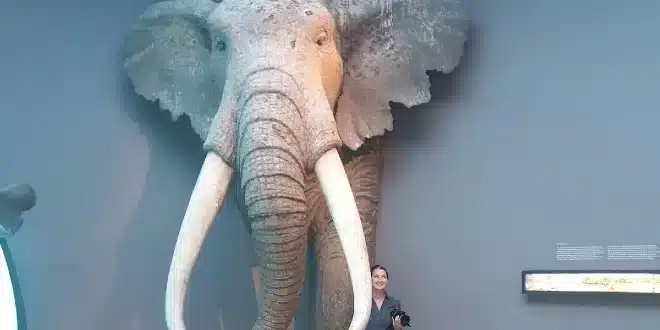Researchers have uncovered fossilized remains of ancient elephant species in Kashmir’s Pampore town, revealing evidence that early humans in India may have used them as a food source. First discovered in 2000, these fossils date back 300,000 to 400,000 years. However, it was only recently that scientists confirmed the identity of the animal and the potential involvement of early humans.
According to a recent analysis, early humans likely struck the elephant bones to extract marrow, a high-energy, fat-rich tissue. This process left impact flakes on the bones, which scientists believe is the earliest evidence of animal butchery in India.
“We interpret this flake as the result of repeated hammering of an elephant bone with a stone tool,” stated the authors in their paper. Initial attempts at breaking the bone were unsuccessful, suggesting a more forceful blow was needed to access the marrow, likely using a heavier hammerstone.
This discovery sheds light on the rare evidence of hominin activity in the Indian subcontinent, where only one hominin fossil has been found previously. Alongside the fossils, researchers identified 87 stone tools, providing insights into how early human ancestors may have survived in the region.
Study author Advait Jukar, a vertebrate paleontology curator at the Florida Museum of Natural History, remarked, “We now know, at least in the Kashmir Valley, that these hominins were eating elephants.”
The tools and site are estimated to be between 300,000 and 400,000 years old. Jukar added, “Until now, there hasn’t been any direct evidence of early humans consuming large animals in India. This could be because previous researchers weren’t looking in the right locations or examining the finds closely enough.”
The team suggests that these hominins may have either hunted the elephants or scavenged from those that had died naturally.


